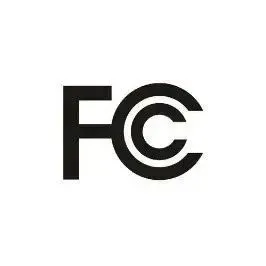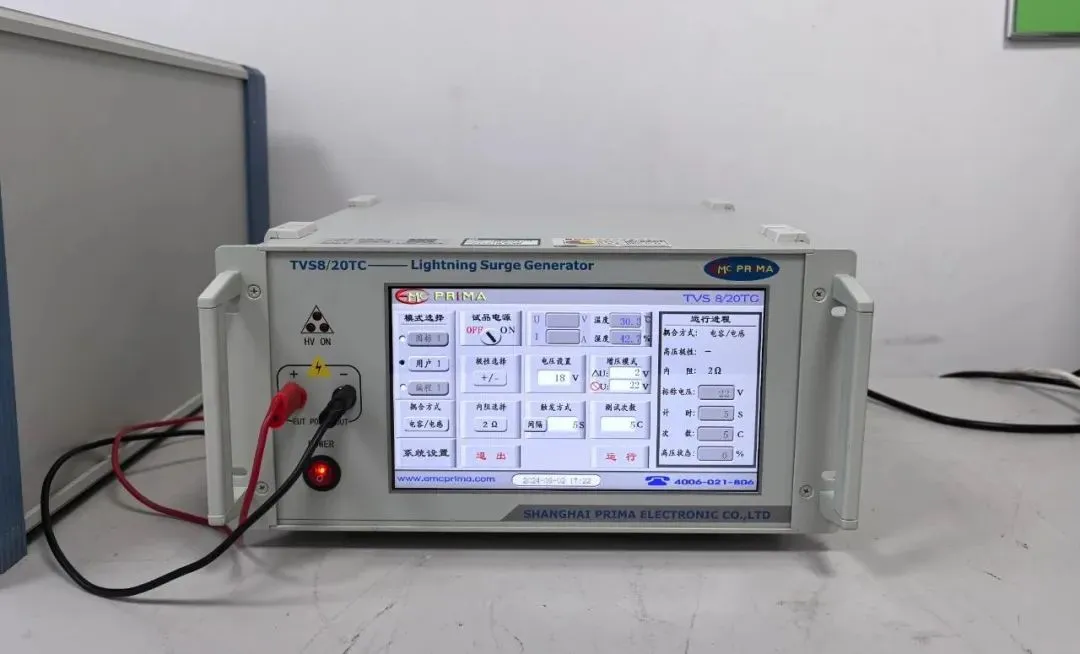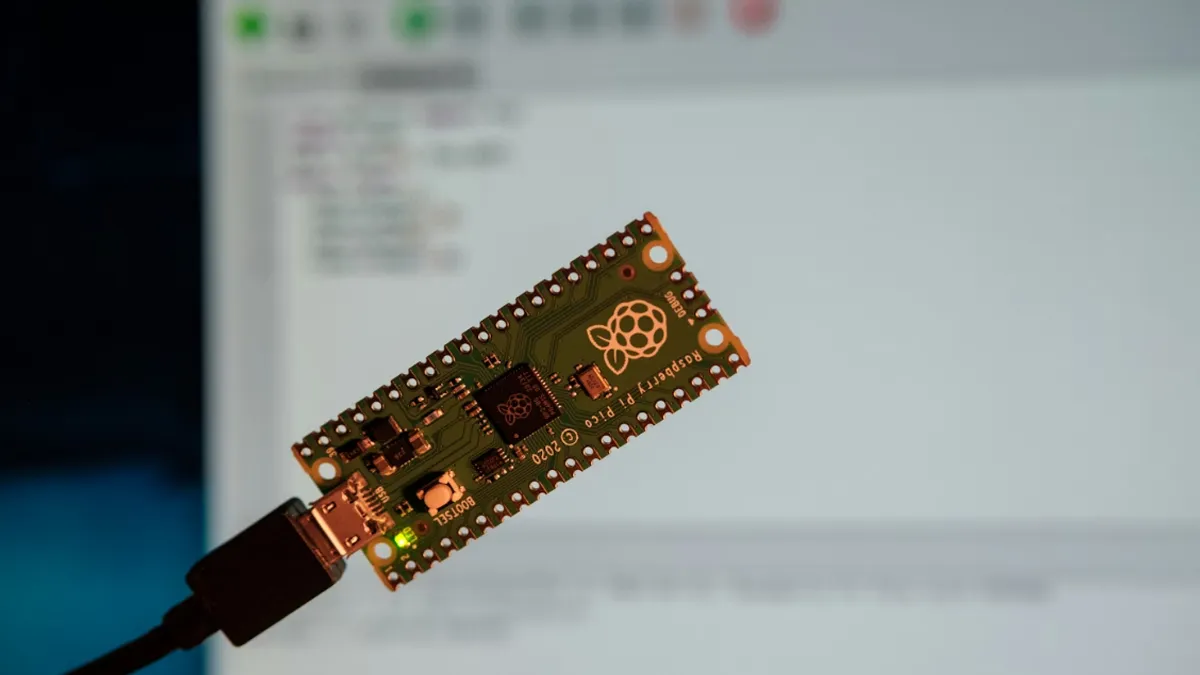
Luminaires IEC/EN 60598 Testing Requirements
Temperature Rise Testingis a key and complex aspect of the IEC/EN 60598 luminaire testing standards. A correct understanding of the specific requirements for temperature rise testing is essential to determine whether a luminaire poses a safety risk due to overheating. The detailed requirements are outlined below.
Temperature Rise Requirements
1. Under normal operating conditions, no part of the luminaire (including the bULb), internal power wiring, or mounting surface should REACH temperatures that compromise safety.
2. Track-mounted luminaires must not cause excessive heating of the track they are mounted on.
3. When the luminaire is at operating temperature, any parts that are touched, handled, adjusted, or gripped by hand should not become excessively hot.
4. The luminaire should not cause overheating of the illuminated object.
5. For luminaires containing motors, the motor must operate as intended during the temperature rise test.
Test Conditions
1. Luminaires shall be tested inside a draught-proof enclosure to prevent environmental temperature fluctuations.
2. Luminaires must be connected to the power supply using the wiring and any materials (e.g., insulating sleeves) provided with the luminaire. Normally, the connection should comply with the instructions or labeling supplied with the luminaire. Otherwise, representative standard types of wiring should be used.
3. Temperature measurements should follow either Annex E (resistance method) or Annex K (thermocouple method).
4. The luminaire should be tested in the most thermally demanding operating position that can reasonably be adopted in use.
5. The ambient temperature inside the draught-proof enclosure should be between 10°C and 30°C, preferably 25°C. During and prior to the measurement (if it may influence the results), the temperature variation should not exceed ±1°C.
6. The test voltage for the luminaire shall be as follows:
a. Incandescent luminaires (excluding ELV):Voltage corresponding to 1.05 times the rated wattage of the test lamp (see Annex B). However, Heat Test Source (HTS) lamps shall always operate at the voltage marked on the luminaire.
b. Other luminaires:1.06 times the rated voltage or the maximum of the rated voltage range.
c. Motors within luminaires:1.06 times the rated voltage (or the maximum of the rated voltage range).
d. Exemptions:
(1)For determining the average temperature of windings with a Tw marking and the case temperature of components with a Tc marking (excluding capacitors), the test voltage should be 1.0 times the rated voltage. This applies only to the winding or case temperature, not for measurements like terminal temperature on the same component.
(2)Capacitors, whether marked Tc or not, operating in fluorescent and other discharge luminaires shall be tested at 1.06 times the rated voltage.
7. For constant voltage or constant current luminaires without control gear, testing should be carried out at 1.1 times the rated input voltage or current, as applicable.
8. If remote control gear/components are provided as part of the luminaire, they should be installed and operated according to the manufacturer's instructions. If not part of the luminaire, typical control gear for normal use must be supplied by the manufacturer. Control gear should operate in free air at 25°C ±5°C. The temperature of the control gear shall not be measuRED.
9. If there are doubts about testing incandescent luminaires, the test should be repeated using HTS lamps, if available.
10. For luminaires with constant light output functionality, the control gear must be set to provide the maximum output for the designed light source.
Evaluation of Test Results
During the temperature rise test, when the luminaire operates at its rated ambient temperature (Ta), no temperature should exceed the values listed in the Temperature Rise Table(with the only exception described below in point 1)).
If the enclosure's temperature differs from Ta, this difference must be considered when applying the limits from the table (also see Test Condition 5 above).
1. Temperatures shall not exceed the limits in the Temperature Rise Table by more than 5°C.
2. Any part of the luminaire subject to thermal degradation during use shall not exceed the temperature considered acceptable for the specific luminaire type's reasonable service life. The Temperature Rise Table provides agreed limits for major luminaire components and typical materials used. These values are standardized for consistent evaluation; slightly different values may be referenced in other material tests or applications.
3. If materials used claim to withstand temperatures higher than those specified in the Temperature Rise Table, or if different materials are used, their measured temperature must not exceed their rated thermal limit.
4. For PVC insulation, the temperature of the sample must not exceed 90°C(or 75°Cif under mechanical stress, e.g., clamping), unless a higher value is specified on the luminaire or in the manufacturer’s instructions provided in accordance with Section 3. Any PVC insulated wiring (internal or external) must not exceed 120°C, even if additional protection (e.g., heat-resistant sleeves) is provided.
Email:hello@jjrlab.com
Write your message here and send it to us
 Do I Need EC Homologation in the USA?
Do I Need EC Homologation in the USA?
 FCC Part 15B & Part 97 Certified
FCC Part 15B & Part 97 Certified
 EMC Pre-Compliance Testing UK
EMC Pre-Compliance Testing UK
 EMC Compliance Testing Australia
EMC Compliance Testing Australia
 Electrical Compliance Testing NZ
Electrical Compliance Testing NZ
 Compliance Testing for Children's Clothing
Compliance Testing for Children's Clothing
 Amazon Product Compliance Testing
Amazon Product Compliance Testing
 What is RCM Compliance Testing?
What is RCM Compliance Testing?
Leave us a message
24-hour online customer service at any time to respond, so that you worry!




